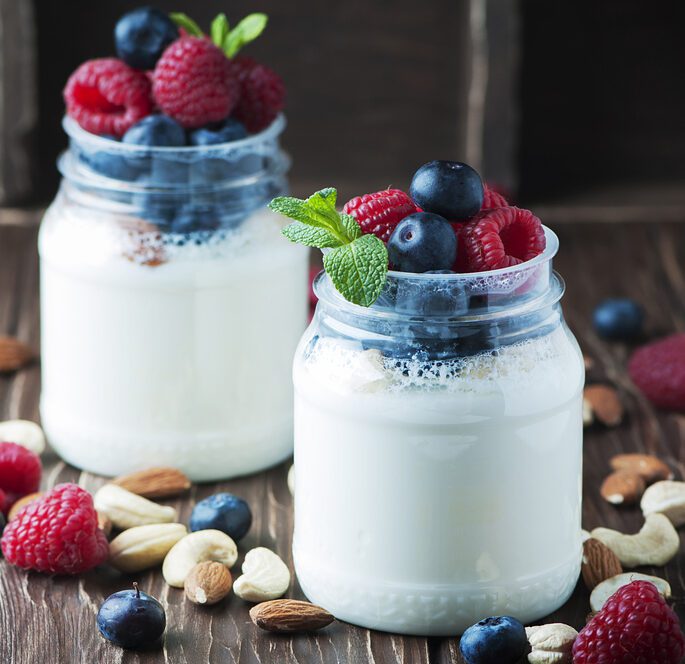It is fair to say that we are the middle of a unique time. Social distancing is a necessity, and with it, we are not eating out or shopping as frequently. Many of us are filling up our fridges and freezers and bracing ourselves to become chefs at home! I suppose one silver lining could be that this might be the time to teach yourself to cook or start to experiment with different styles of cooking. Batch cooking can translate really well into home cooking, especially as we try to navigate working from home and home schooling! Batch cooking is all about preparing food ahead of the time you intend to use it. You can batch cook entire meals, sauces, soups, snacks and more.
Generally, stews, soups and casseroles batch cook well, and you can freeze in portion sizes to suit your family. What I like to do is make components of meals (e.g. a tomato-based pasta sauce, a pear compote to top on breakfast or yogurt, some bananas for smoothies or a banana cake, or some ratatouille to serve with some fish). I would suggest batch cooking with some fresh produce as you may not be getting out to the supermarket as much as usual at the moment.
Buy fresh fruit and prepare little packs for smoothies or puree some and freeze into portions of fruit compote for yogurt, desserts or breakfast toppings. You could experiment by adding some spices to different mixes (e.g. pear and cinnamon or apple with nutmeg). Raw fruit freezes well and can last 8-12 months in the freezer. Citrus fruit lasts about 3 months. What you might find is that frozen fruit, once defrosted, may change in texture, but the taste will still be delicious!
Chop fresh vegetables and divide them into packs that might work for stir-fries, curry dishes or pasta dishes. Chop and freeze some broccoli and cauliflower which can be roasted or boiled to add to your meal. It is a good idea to blanch cook vegetables before freezing. By briefly blanching the vegetable before freezing, you will help keep their colour and texture; onions and peppers are the exception to this rule and freeze well raw.
And one major bonus is that fruits and vegetables will not lose any nutritional value once frozen!
10 Top Freezing Tips
- Wash and dry fruit before freezing.
- Make sure you wrap foods properly or put them in sealed containers; otherwise, your food may get freezer burn.
- Freeze food in realistically sized portions for your family.
- Label food as you freeze! If you don’t label, you might not remember what it is, let alone when it was frozen.
- Vegetables with a high water content don’t freeze well: examples include lettuce, cucumber, bean sprouts and cabbage. These will go limp and mushy once defrosted.
- Frozen fresh herbs, like parsley, basil and chives are fine for incorporating in dishes but won’t be good for garnishes.
- Grated cheese can be frozen for up to 4 months and can be used straight from the freezer.
- Milk will freeze for 1 month. Defrost in the fridge and shake well before using.
- Yogurt and cream can be frozen but will need a good stir once defrosted.
- Stock can be frozen in batches in either cubes or flat in freezer bags.





